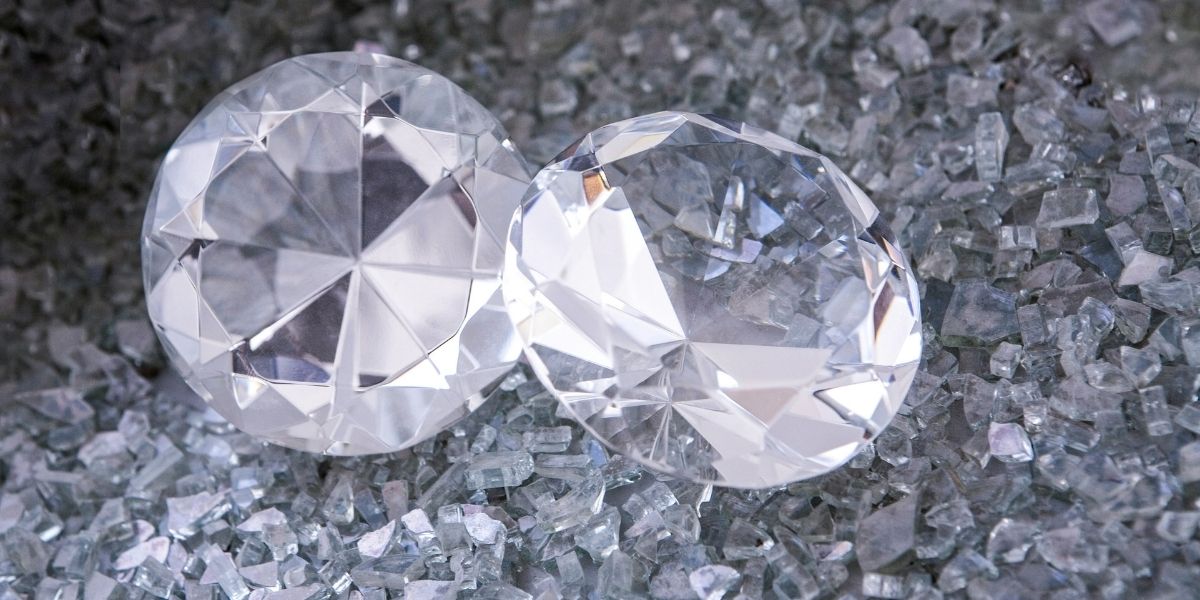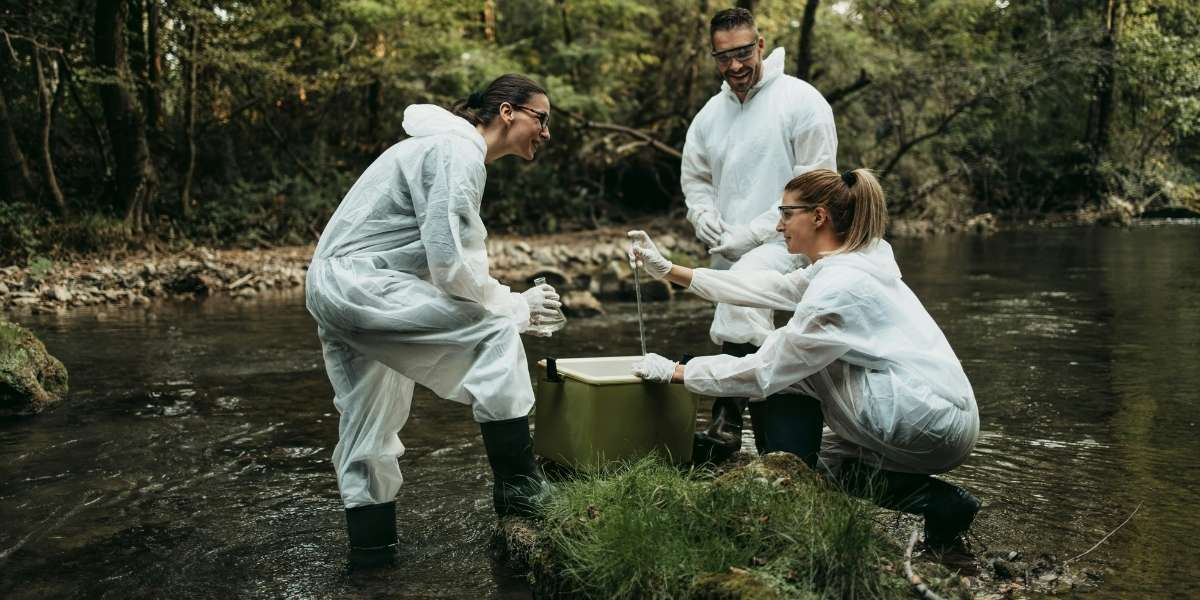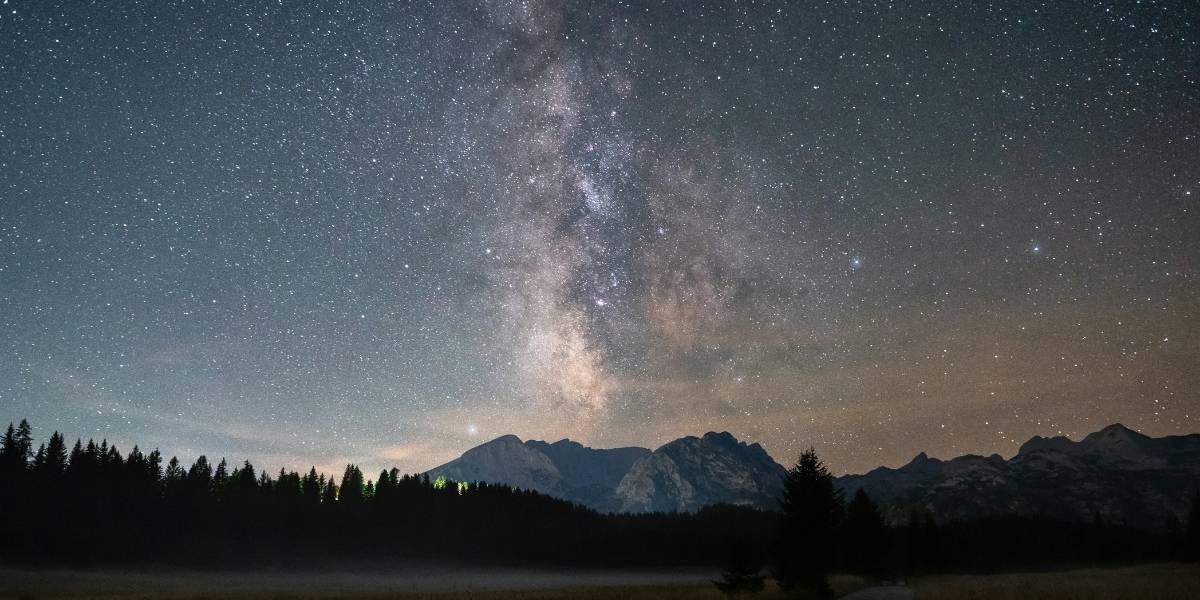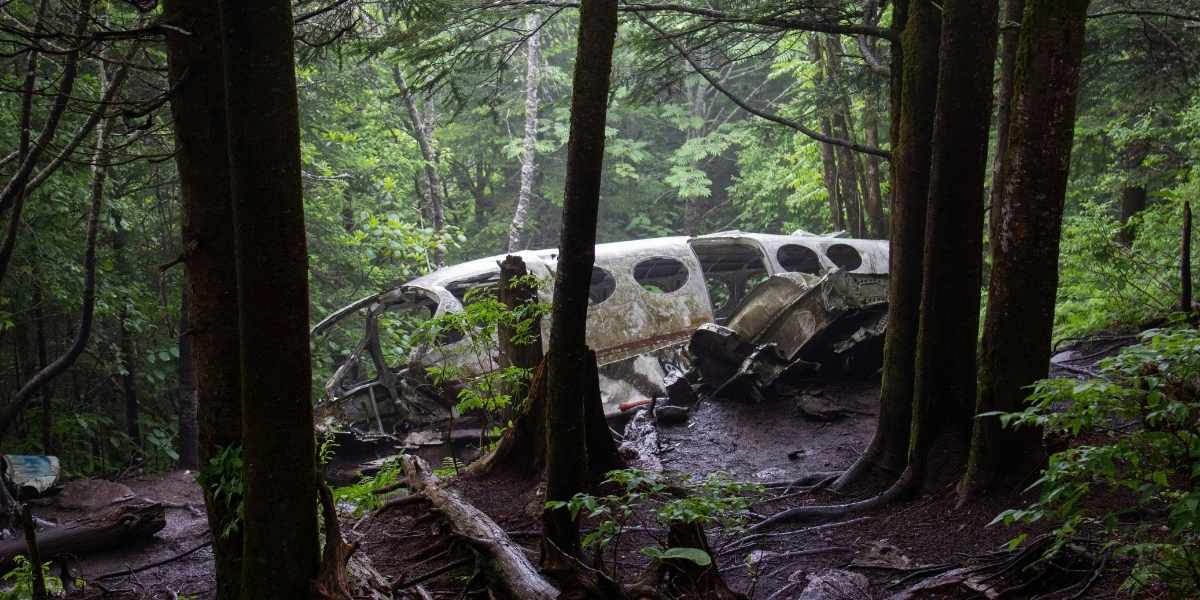The evolution of special effects in film reveals a captivating story of creativity and innovation that has continuously reshaped the cinematic experience. From simple camera tricks in early silent movies to today’s immersive computer-generated imagery (CGI), special effects have pushed the boundaries of storytelling. This progression not only enhanced visual appeal but also expanded the possibilities for filmmakers to bring imaginative worlds to life.
Read Also: The Rise of Voice-Activated Devices in Everyday Life
What Marked the Early Stages in the Evolution of Special Effects in Film?
The roots of special effects date back to the late 19th and early 20th centuries, when filmmakers experimented with basic techniques to create illusions on screen. In silent films, directors like Georges Méliès used clever camera tricks such as multiple exposures, stop-motion, and painted backdrops to produce magical and surreal images. Méliès’ work, especially in films like A Trip to the Moon (1902), demonstrated the potential of special effects to transport audiences to fantastic places.
These early effects relied heavily on in-camera techniques and physical props. They were practical and hands-on, using smoke, mirrors, and miniatures to simulate larger-than-life scenes. The limitations of film stock and technology required filmmakers to be highly inventive with every frame.
How Did Practical Effects Advance During the Mid-20th Century?
As filmmaking technology developed, practical effects grew more sophisticated. The evolution of special effects in film during the 1930s to 1960s saw the introduction of techniques such as matte paintings, optical printing, and animatronics. Matte paintings allowed artists to extend sets and landscapes beyond what was physically possible, creating expansive worlds within a single shot.
The use of miniatures became widespread, simulating complex environments like cities or spacecraft. Films like King Kong (1933) and The Wizard of Oz (1939) showcased impressive physical effects that blended live action with models and puppetry. These effects added depth and realism while maintaining a tangible presence that audiences could connect with.
Additionally, filmmakers experimented with motion control cameras, which allowed for precise, repeatable camera movements essential for compositing multiple elements seamlessly.
What Role Did Optical and Mechanical Effects Play in Shaping the Evolution of Special Effects in Film?
Optical effects, which involve combining multiple film elements into one image, were crucial in the mid-20th century. Techniques like rear projection allowed actors to appear in exotic or dangerous locations without leaving the studio. This was a key advancement that expanded storytelling options.
Mechanical effects, including animatronics and practical creature suits, brought life to fantastical characters. The 1970s and 1980s became a golden era for practical creature effects, exemplified by films like Jaws and Alien. These effects required collaboration between engineers, artists, and performers, creating believable and tactile creatures that interacted convincingly with actors.
The craftsmanship in mechanical effects reflected a commitment to realism, helping to ground extraordinary stories in a sense of physical reality.
How Did the Digital Revolution Redefine the Evolution of Special Effects in Film?
The evolution of special effects in film took a monumental leap with the rise of digital technology in the late 20th century. Computer-generated imagery (CGI) introduced new possibilities that were previously unimaginable. Films like Jurassic Park (1993) used CGI to create lifelike dinosaurs that blended seamlessly with live-action footage, setting a new standard for realism.
CGI allowed filmmakers to create vast, detailed environments, characters, and effects without the physical constraints of practical methods. This flexibility encouraged more ambitious storytelling, including entire worlds that exist solely through digital creation.
Digital compositing replaced traditional optical printing, improving precision and efficiency. The ability to manipulate images frame-by-frame transformed post-production workflows, giving artists unprecedented control over visual storytelling.
How Has Modern Technology Continued to Shape the Evolution of Special Effects in Film?
Today, the evolution of special effects in film continues with advancements in motion capture, virtual reality (VR), and real-time rendering. Motion capture records the movements of actors and translates them into digital characters, adding emotional depth and realism. This technique brought characters like Gollum in The Lord of the Rings series to life, blending human performance with digital artistry.
Virtual production techniques, which combine live action and digital environments in real-time, are redefining how films are made. Projects like The Mandalorian use LED screens and game engines to create immersive backgrounds that adjust dynamically during filming. This reduces reliance on post-production and offers new creative opportunities.
Artificial intelligence and machine learning are also beginning to influence special effects, enhancing image quality, automating rotoscoping, and assisting artists in complex visual tasks.
Read Also: How Videography Evolved: From Analog to Digital and Beyond
Why Does Understanding the Evolution of Special Effects in Film Matter Today?
Looking back at the evolution of special effects in film helps in appreciating the incredible artistry and technology behind modern movies. Every technique—from painted backdrops to CGI—reflects a desire to tell stories more vividly and emotionally. The journey of special effects is a testament to human ingenuity and the pursuit of new ways to captivate audiences.
As technology continues to evolve, the relationship between filmmakers and special effects deepens. This ongoing transformation challenges creators to balance innovation with storytelling integrity, ensuring effects serve the narrative rather than overshadow it.
Understanding this history offers insight into how cinema has grown as an art form, shaping not only entertainment but also culture and imagination.














